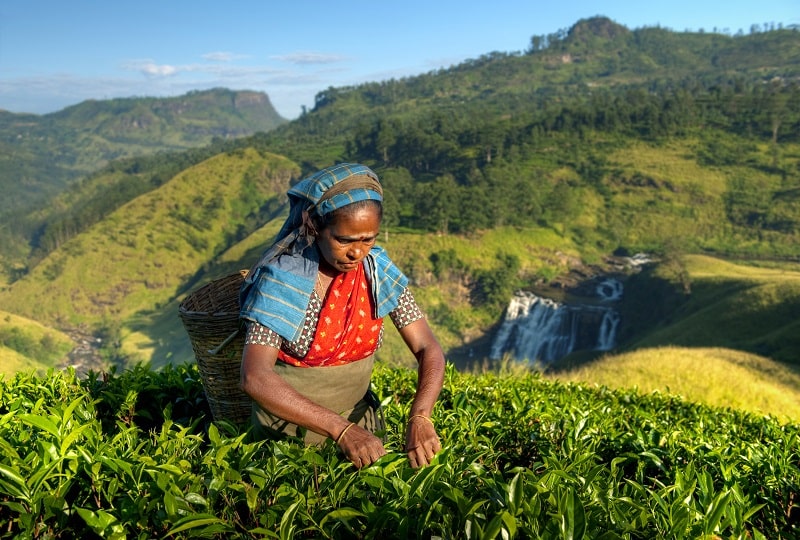Indigenous crops refer to plant species that are native to a particular region or ecosystem and have been cultivated by indigenous or local communities for generations. These crops have adapted to the local environmental conditions and are often well-suited to the region’s climate and soil.
Historical Context
The cultivation of indigenous crops dates back thousands of years and has played a significant role in the food security and cultural heritage of many communities worldwide. Indigenous peoples have developed traditional farming practices that promote the conservation and sustainable use of these crops.
Production and Sourcing
Indigenous crops are typically grown using traditional farming methods that have been passed down through generations. These crops are sourced directly from local farmers and are often available through farmers’ markets, community-supported agriculture programs, or traditional seed-saving networks.
Applications
Indigenous crops serve as essential sources of food, nutrition, and income for indigenous communities. They are used in various culinary traditions, and their products range from staple foods like grains and tubers to fruits, vegetables, and medicinal plants.
Regulatory Framework
The cultivation and trade of indigenous crops are subject to various regulations, depending on the country and region. Some initiatives aim to protect and promote indigenous crop varieties, recognizing their importance for biodiversity and food sovereignty.
Consumer Concerns
Consumers are increasingly interested in indigenous crops due to their unique flavors, nutritional value, and potential environmental benefits. Concerns may include ensuring fair and equitable trade practices and supporting sustainable farming methods.
Health and Safety
Indigenous crops offer diverse and nutritious options for diets, often rich in vitamins, minerals, and antioxidants. Proper food safety practices are crucial to ensure the safety of these crops when consumed.
Applicable Products
Indigenous crops contribute to a wide range of food products, from traditional dishes and snacks to modern culinary creations. Examples include quinoa, amaranth, chia seeds, heirloom varieties of maize, and a variety of local fruits and vegetables.
Alternatives
While indigenous crops have unique cultural and ecological significance, alternative crops from global agriculture are also available. These may include widely cultivated grains, vegetables, and fruits not native to the region.
Scientific Research
Scientific research on indigenous crops explores their genetic diversity, nutritional content, and potential for adaptation to changing environmental conditions. Researchers aim to support crop conservation and enhance their contributions to food security.
Case Studies
Case studies highlight successful initiatives that promote the cultivation and preservation of indigenous crops, often involving partnerships between indigenous communities, governments, and non-governmental organizations.
Future Trends
Future trends in indigenous crop cultivation involve increased recognition of their role in sustainable agriculture, biodiversity conservation, and climate resilience. Collaborative efforts aim to strengthen the conservation and sustainable use of these crops.
Opinions
Opinions about indigenous crops vary, with some emphasizing their cultural and nutritional value and others highlighting the need for greater recognition and protection of traditional knowledge and practices.
Warnings
Warnings may pertain to the need for responsible and ethical sourcing of indigenous crops, respecting the rights and knowledge of indigenous communities, and addressing potential challenges related to climate change and land use.
Synonyms
Synonyms for “indigenous crops” may include “native crops,” “traditional crops,” or specific crop names based on regional or cultural context.
Conclusion
Indigenous crops are vital components of cultural heritage, food security, and biodiversity conservation. These crops reflect the deep connection between indigenous communities and their environments, embodying traditional knowledge and sustainable agricultural practices. As awareness of the value of indigenous crops grows, efforts to support their cultivation, conservation, and equitable trade are essential to ensuring their continued contribution to global food systems and cultural diversity.







